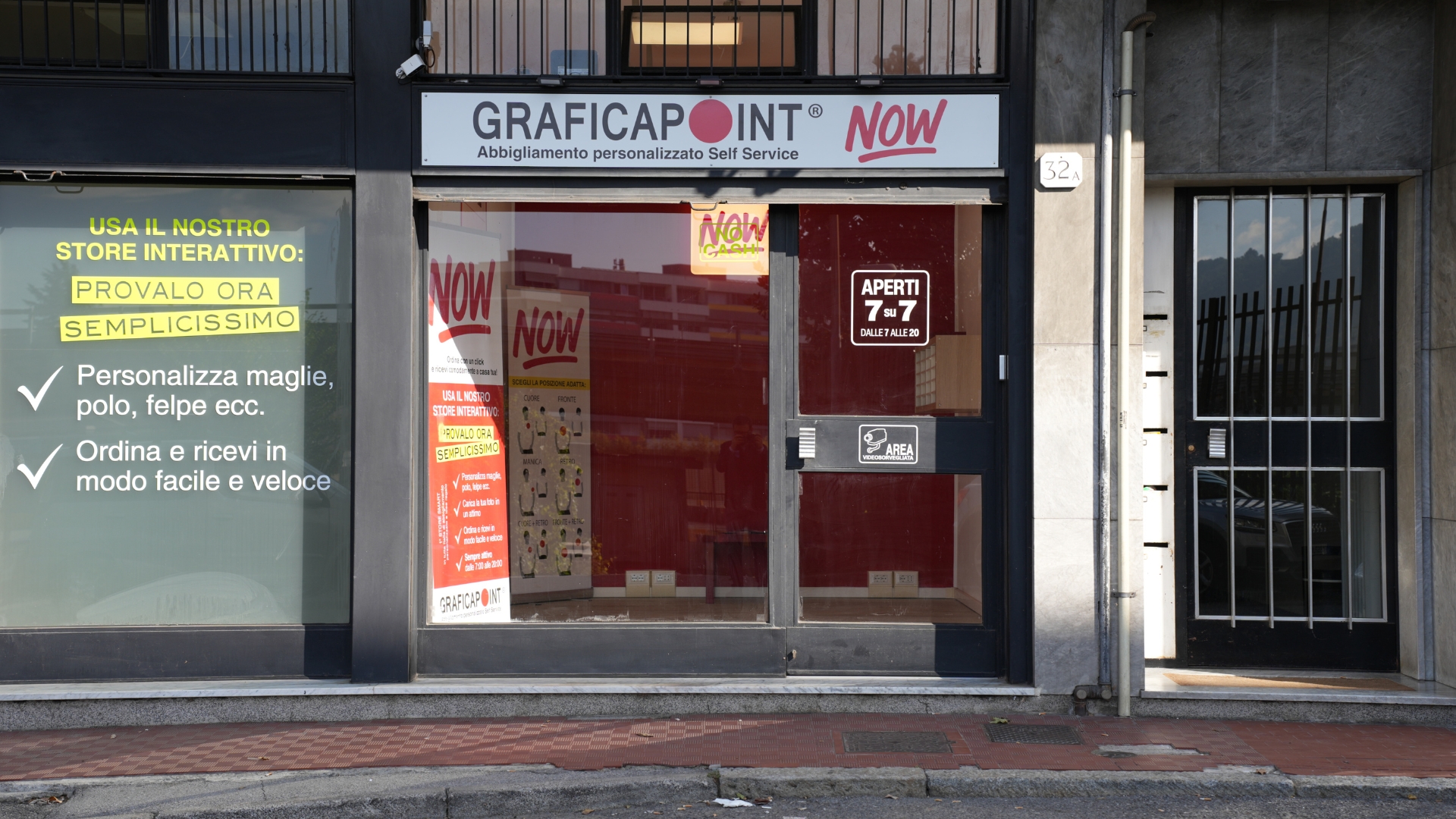Why retailers should use a (SaaS) application for their digital kiosks in-store instead of using their website
%20(1).jpg)
As a retailer, you may use interactive kiosks in your store to:
- showcase your offerings with more product information & customers reviews;
- extend your product range when they’re not available or out of sight;
- help sales staff to become more knowledgeable with details on a product, advice on cross-selling etc;
- provide branding content and entertainment.
Many retailers start by using their website as a catalogue for customers to use in-store, as it seems easy to deploy and cost-efficient.
Whilst this shortcut seems like an adequate solution on the surface, it often falls short of customers’ expectations and the new ‘in-store experience’.
This article will list the main issues of using a website in-store, and why a dedicated SaaS application will help to create a more engaging customer experience at a low cost.
Website displays all products, whilst a kiosk interface can highlight a specific range of them
The main downside of simply repurposing a website for in-store kiosks is that it can only show a retailer’s full range of products.
But this is in direct opposition to a customer’s in-store experience as, when they walk in a specific store aisle, they prefer to see just products that are only relevant to that specific aisle, without being overwhelmed by hundreds of products unrelated to what they’re looking for.
Therefore, the same thing can also be applied to in-store kiosks. Instead of showcasing the entire retailer’s product catalogue, essentially making it redundant for customers who don’t want to look at the entire range, retailers can use an application that will highlight a specific product range extension (when products are unavailable or out of sight) with targeted items, such as seasonal promotions or special offers.
.jpeg)
Website navigation is not adapted to usage in-store
Purely online technologies such as cookies, sign-in processes and payment information like credit card numbers to buy are simply not needed or relevant when customers are buying an item in-store via a kiosk.
Additionally, customers don’t want to share personal information on a screen that many other customers will use later, potentially creating a legal problem with GDPR rules.
Ordering and payment need a specific kiosk interface
As mentioned above, user experience is bad to order and buy directly from the website interface.
With a specific interface, it is possible to buy directly from the interface via a QR code. Consequently, payment will be finalised on the customers' mobile, without needing to enter personal data on a public kiosk interface.
Sales on a kiosk interface can be specifically allocated to sales staff in-store vs the “online team” with a website
Sales on a website (even running on a digital display / Kiosk in store) are usually counted as online sales and not for the brick & mortar store. Thus, the incentive to use a website in-store for sales staff is very low.
This, in turn, may lead them to discourage customers from using the kiosk, as their sales wouldn’t be recognised as part of the in-store team.
With a kiosk-specific interface, it’s possible to allocate the sales made through the interface to sales staff, and thus be part of their objective and incentive.
A specific Kiosk interface works better when a store’s internet connection is unreliable
An application can be designed specifically for the kiosk and optimized for performance, whereas a website may not load as quickly or smoothly on the kiosk's hardware.
Major retailers such as H&M and IKEA have already developed their own Kiosk application for their stores, but it is costly.
Major retailers such as H&M and IKEA have already developed their own digital display solutions, as they understand the importance they can bring to their customers’ in-store experience. See here an interview of H&M head of business development.
So, if it works for these aforementioned large retailers, why couldn’t it work for retailers of all sizes?
The main issue is the cost of developing specific applications for kiosks in stores. Big international brands/retailers can maybe afford to invest in it, but it will be too expensive for most of the scale-up and smaller retailers.
A Saas Solution like Cloudshelf brings the best of a specific application to scale up and smaller retailers
Cloudshelf is a very easy-to-use SaaS solution for all retailers who may not have the means to create and invest in a specific application. There are no setup fees (as the technical setup can be done in a few minutes) and just a monthly subscription which makes the application much less expensive.
Visit the link here to find out more details about our retailer-tailored SaaS solution.



